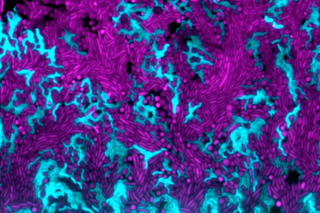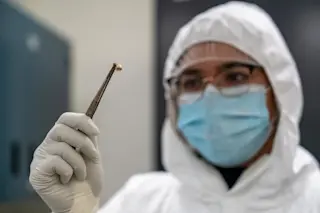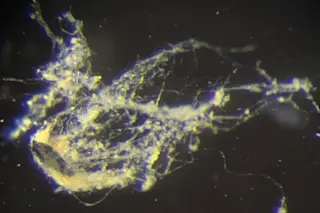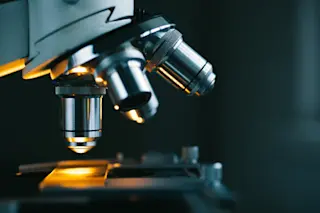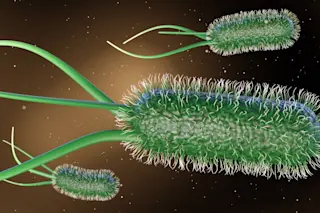Guest post by Earlene Mulyawan
Yogurt is an ancient food that has been around for several millennia. One theory of the discovery of yogurt is that during 10,000 – 5,000 BC, when Herdsmen began the practice of milking their animals, they stored their milk in bags made of the intestinal gut of the animals. The intestines contain natural enzymes that cause the milk to curdle and sour. The herdsmen noticed that this method of storing milk extends its shelf life and preserves it. When they consumed the fermented milk, they enjoyed it and so they continued making it. Whether or not this theory is true, the consumption of fermented milk has survived into modern times, and spread throughout the world. The word “yogurt” is believed to have come from the Turkish word “yogurmak,” which means to thicken coagulate, or curdle. Today, the FDA defines yogurt as a milk product fermented ...




